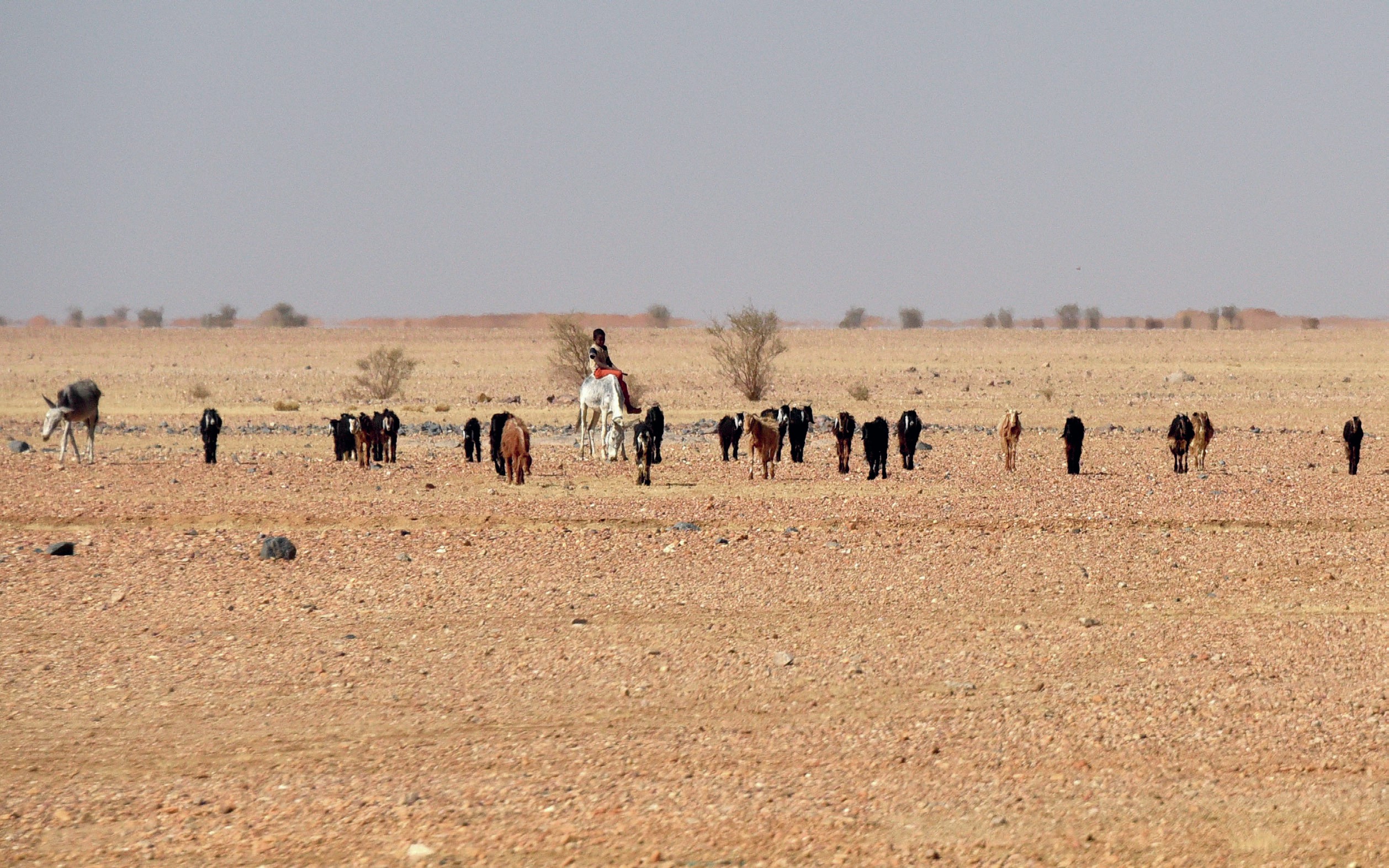
Sudan and South Sudan became separate countries in 2011. Sudan is the sixth-most vulnerable country in the world to changes in climate and one of the African countries most seriously affected by desertification. Lying on the southeastern periphery of the Sahara Desert, dry arid and semi-arid lands cover more than 90% of its area. It is estimated that over half of this area is prone to desertification (1.3 million sq. km) and recent research suggests that the Sahara has expanded by about 10% since 1920. This is of particular concern as more than half of Sudan’s population of 41 million people live in these areas.
Desertification is the process by which productive land becomes non-productive desert and is caused by natural processes and by human mismanagement of the land.
Your organisation does not have access to this article.
Sign up today to give your students the edge they need to achieve their best grades with subject expertise
Subscribe




